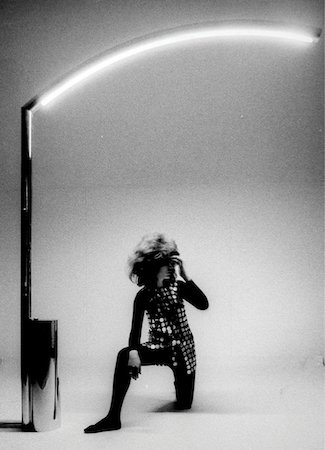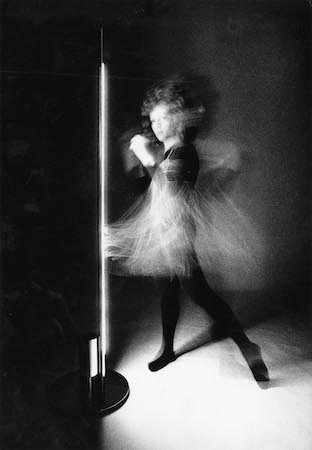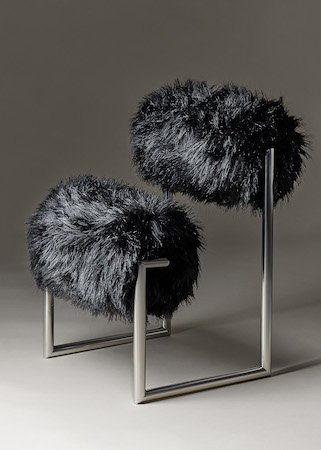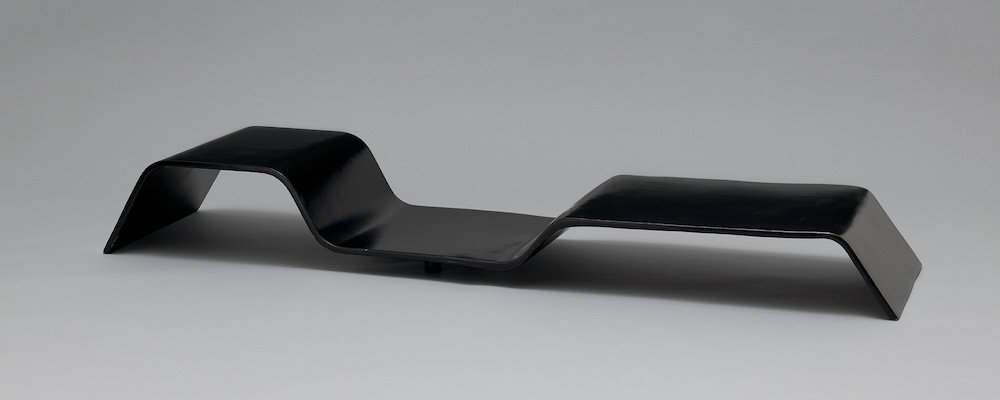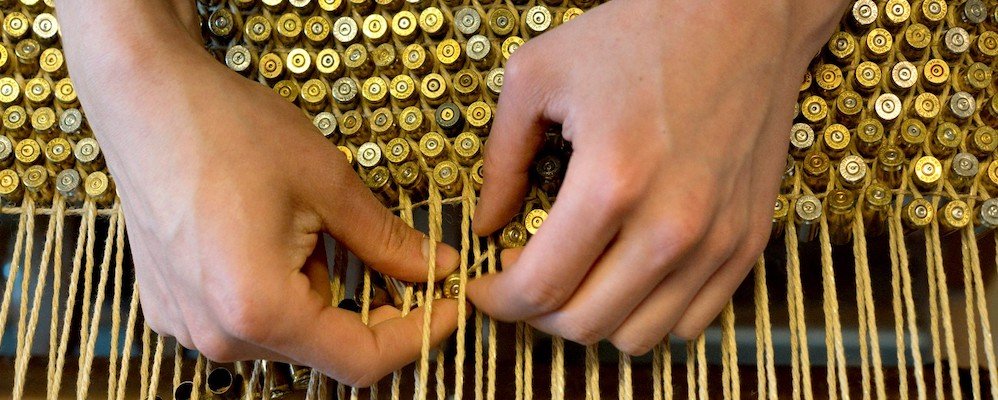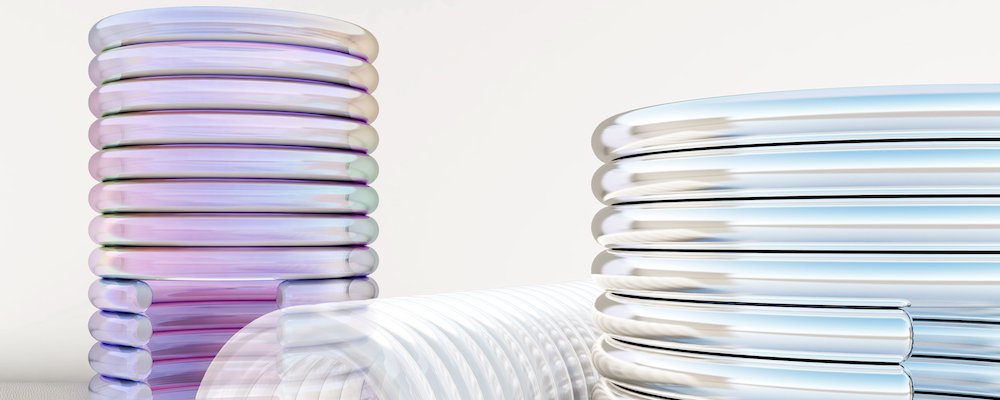Nanda Vigo - The Inner Space
#SummerDesignExhibition
Architecture, art and design, Nanda Vigo did it all. With an original scenography in a former prison, the Museum of Decorative Arts and Design of Bordeaux, pays a homage to the unique Italian free spirit.
““Identification: uncertain / Architect: reductive / Artist: reductive /Designer: reductive / Pioneer: maybe /Anyway: Nanda Vigo.” ”
At the heart of a society where disciplinary compartmentalisation is the norm, Nanda Vigo, who stands out by the diversity of her work, opens a wide range of doors, from the late 1950s to the present day.
Labels and affiliations are reductive for her. Lamps, chairs, mirrors, tables, houses, spaces, installations, performances and undefinable objects she designed across her carrier made of her a genre-breaking artist.
Genesis light, 2006 © Archivio Nanda Vigo, Milan
‘Nanda Vigo, the inner space’ is an exhibition that introduces the work of the artist through immersive installations. Architecture, art and design are approached as total creative fields. The objective is to see, perceive and feel all the dimensions of Nanda Vigo’s artistic creation. More than a chronological presentation of her career, it is an experience that allows the audience to live the unframed dimension of her work.
The exhibition invests the former prison, a listed monument dedicated to temporary design exhibitions since 2016. The atypical layout of this space, composed of a main corridor, two closed courtyards and thirteen former prison cells, allows for many dimensions of the artist’s work to be addressed. The courtyards and the corridor will be dedicated to large-scale installations into which the public will be invited to enter. While cells will present her inspirations, her collaborations and some emblematic interiors of Nanda Vigo’s work.
An immersive exhibition
In order to communicate the contemporary, innovative and total value of Nanda Vigo's work, several historic environments and installations, most of which have been demolished, will be reconstructed. Immersed in a sensory experience that invites introspection, visitors will be able to understand the philosophical research that is omnipresent and fundamental to the artist's work.
Glass, aluminum, mirrors and neon lights, characteristic materials of her work, echo each other to appeal to our senses and give materiality to Nanda Vigo's philosophical reflection. A series of her iconic objects will thus be presented, as the Cronotopico (that means space-time), conceptualised as an area of experimental research capable of expanding the lighting effects and perceptions of form through its glass and neon.
Since 1959, Nanda Vigo has surpassed the frame and has gone out of the work to touch the spectator: the image becomes an environment where to live, act and react.
Nanda Vigo at the Museum of Decorative Arts and Design
Presenting the work of Nanda Vigo at the madd-bordeaux, is an opportunity for visitors to immerse themselves in her avant-garde and unique work to grasp its contemporary dimension. Liberated from the limits of representation, Nanda Vigo has built her life and her work around the ideas of breaking the physical limits of space and transcendence. Her works, both experimental and immersive, are the testimony of her autonomy of action and thought as an artist convinced that art is a projection that carries within it the shape of the future society.
Avant-garde artist / Pop architect / Radical designer / Mystic traveller
A native from Milan and trained at the École polytechnique fédérale de Lausanne, Nanda (1936-2020) stood out in the 1960s for her transversal approach to the arts, architecture and design. She has always favoured the experimentation and the exploration.
From 1959, she has attended the studio of Lucio Fontana, before getting closer to the artists Piero Manzoni and Enrico Castellani. During this period she discovered the ZERO movement in Germany, the Netherlands and France. Between 1964 and 1966, she participated in numerous ZERO exhibitions in Europe; in 1965, she organised the legendary Zero Avantgarde exhibition in Lucio Fontana's studio in Milan.
Between 1965 and 1968, she signed the interior of Lo Scarabeo sotto la foglia, a house developed from initial plans by Gio Ponti and built by Giobatta Meneguzzo in Malo. In 1971, she received the New York Award for Industrial Design, for the Golden Gate lamp produced by Arredoluce and carried out one of her most emblematic projects for the Casa Museo Remo Brindisi in Lido di Spina. In 1976, she won the Saint-Gobain first prize for glass design, and in 1982 she took part in the 40th Venice Biennale.
Nanda Vigo, hard worker and constantly renewer of herself while remaining faithful to her conceptual research, has produced a considerable work. Altough Nanda Vigo has always fought against the categorisation of her identity as a woman, an artist, a designer and an architect, she declared that during her career she had to work harder than her colleagues and friends and prevail on them in order to obtain the success she deserved in the predominantly male avant-garde universe.
“I searched for the dematerialisation of the object through the creation of false perspectives, in such a way that the space around the viewer identifies with the object itself.”
Organised in collaboration with the Archivio Nanda Vigo - founded in Milan by the artist’s will in 2013 -, this exhibition, which will be her first monograph in France, is both a tribute to her work and to her pioneering figure.
Curators: Victoire Brun, head of design collection and exhibition projects at the madd-bordeaux; Justine Despretz, Italian design specialist and founder of the Aster Design company
From July 7, 2022 to January 8, 2023 at the madd-bordeaux








